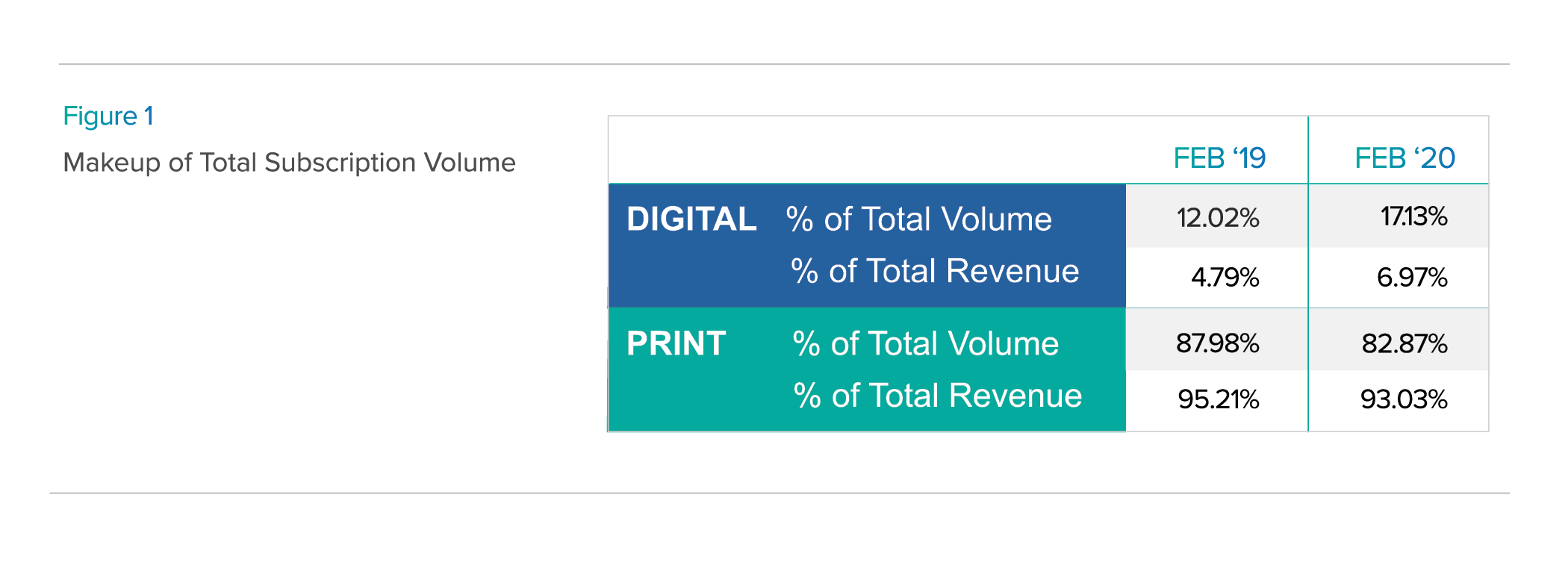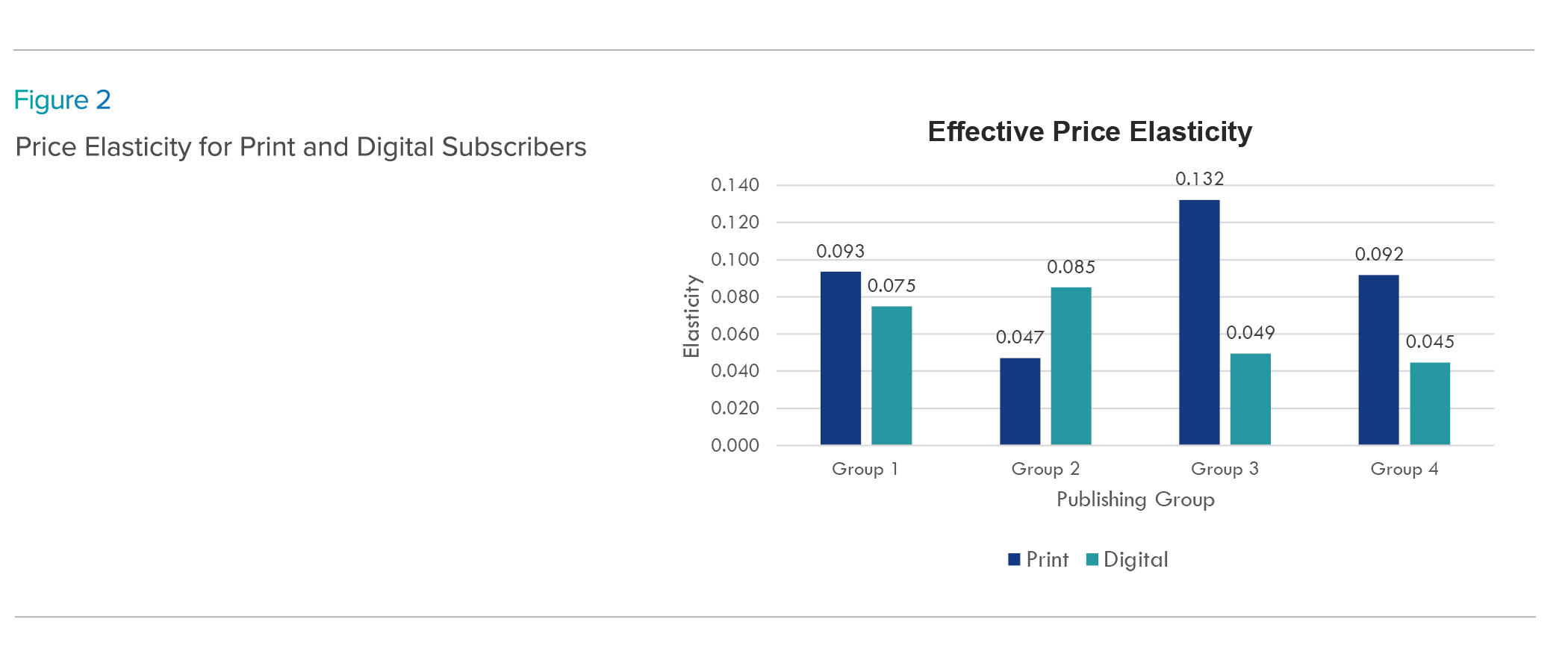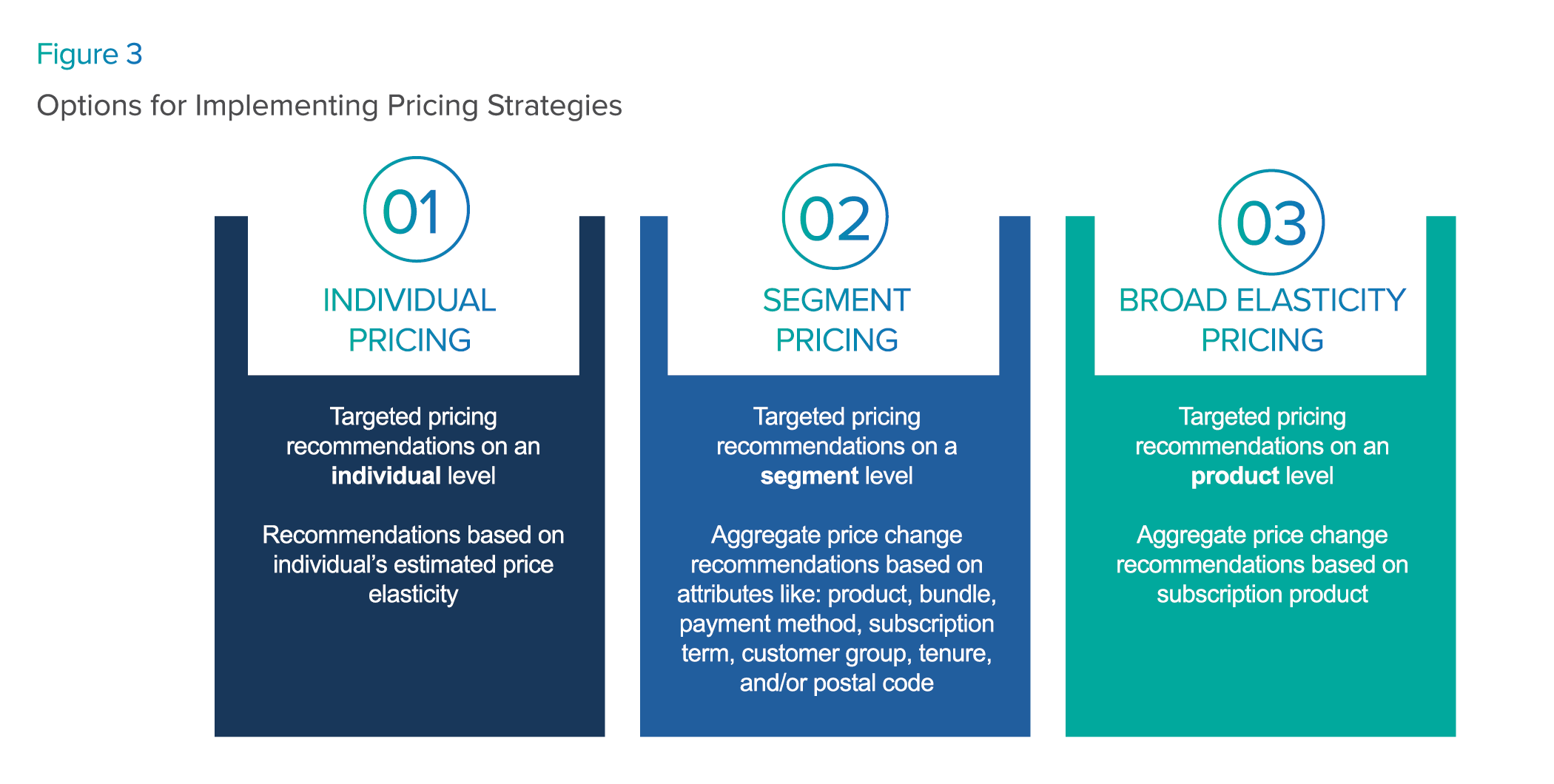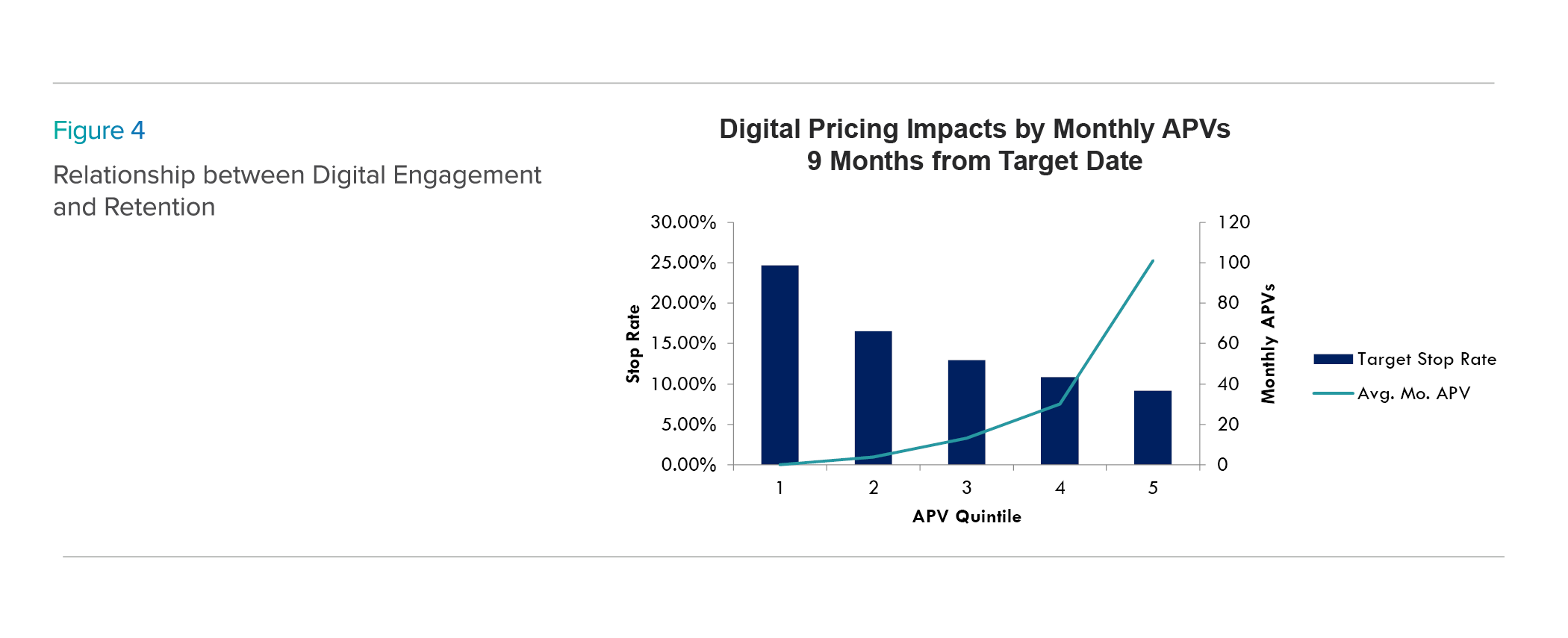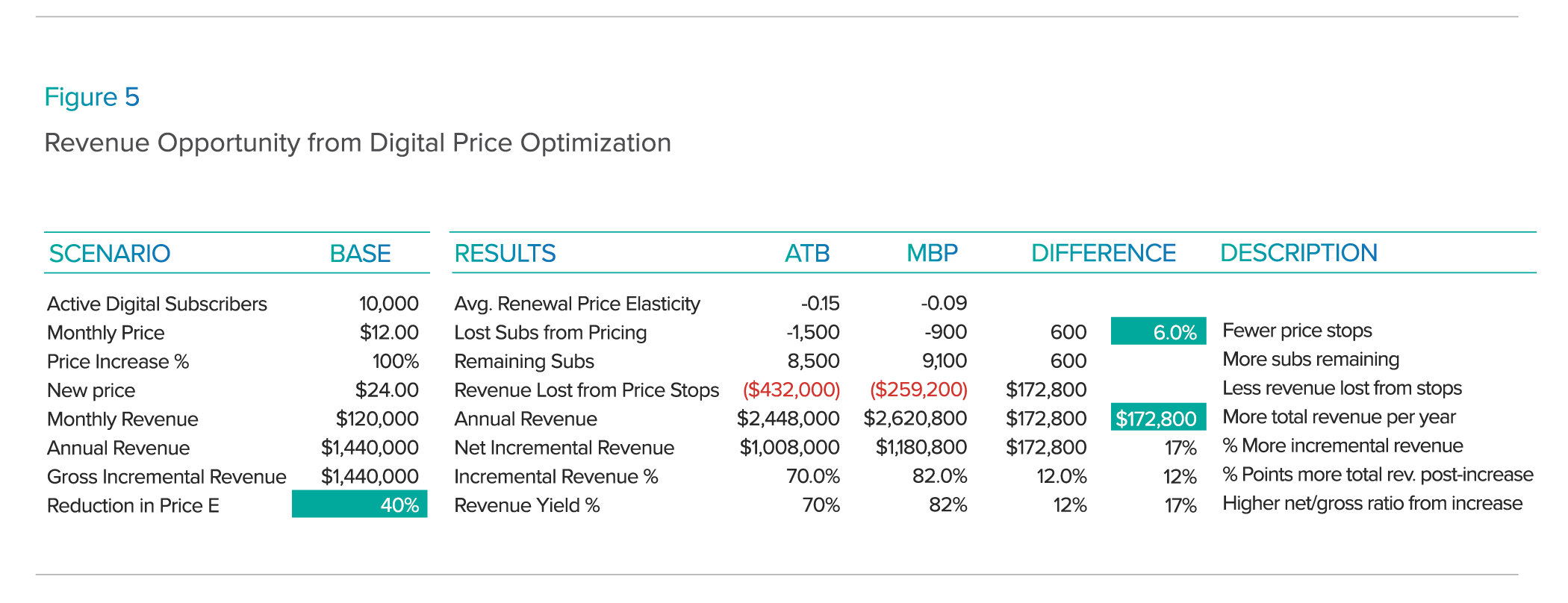INMA Blog
September 2020
By Matthew Lulay, Managing Director and Matt Lindsay, President
Publishers around the world have shifted their revenue growth strategies toward digital subscriptions as reductions in advertising revenue, changes to consumer preferences, a secular decline in print demand, and economic challenges to print delivery continue to mount.
These trends are coupled with the significant increase in the demand for news as a product of the pandemic, and digital subscription volumes are substantially higher than they were a year ago for most publishers. As digital subscribers become a larger proportion of total circulation, the ability of publishers to monetize these subscriptions is vital to the long-term sustainability of local and national news outlets.
Publishers have been hesitant to increase prices on digital subscribers as they grow their subscription volumes. However, our research suggests a significant revenue opportunity exists for publishers willing to adopt intelligent pricing initiatives that increase average revenue per subscriber without sacrificing digital subscription volume.
Below, we briefly review some of the findings from recent digital pricing strategies that publishers have undertaken in partnership with Mather. We also provide recommendations for publishers to consider as they develop pricing strategies for their own digital subscriptions.
Digital subscription revenue’s growing importance
As mentioned, digital subscriptions are a larger proportion of overall circulation volume than ever before. According to our internal subscription database, from February 2019 to February 2020, digital subscribers grew from 12.02% to 17.13% of overall circulation volume. In addition, from March 2020 to April 2020, that percentage grew almost another full percentage point from 18.53% to 19.37%.
Figure 1 shows the average makeup of total volume and revenue year over year:
While digital volumes have been a growing piece of the volume pie for publishers, the revenue contribution from these subscribers has not kept pace. In fact, while digital accounts made up 17% of total volume earlier this year, this group made up less than 7% of total revenue, highlighting the dramatic differences in average rates between print and digital subscribers.
As print volume declines continue at more than 10% annually, publishers will need to shift a larger share of the revenue contribution to digital subscribers with efficient pricing strategies.
Price sensitivity for digital subscribers
Many subscription leaders have been hesitant to increase subscription rates on digital subscribers for several reasons, including assumptions that pricing will hamper strategic goals of aggressive growth in digital volume and that digital subscribers are more price sensitive than their print peers. However, some publishers have been conducting pricing tests with Mather Economics over the past year to address those assumptions with interesting results.
For the purpose of this blog post, we aggregated the pricing results from four major U.S. publishing companies. The chart in Figure 2 shows the effective price elasticity for print and digital customers for each publisher. Price elasticity is defined as the change in volume as a function of a change in price. We are able to measure price elasticity using a robust A/B testing protocol, where stops due to price can be separated from organic churn with the holdout of a no-increase control group.
To help interpret the values below, an elasticity of 0.1 would imply a 10% change in price would result in a 1% loss in volume. Generally speaking, an elasticity below one (1) is considered inelastic, meaning a smaller percentage of volume is expected to be lost for the same level of price increase.
As you can see in Figure 2, for both print and digital channels across all groups, the elasticities are well below one, indicating an inelastic response to pricing. Of particular interest is that in three out of four groups, the digital elasticities are not only low, but they are lower than those measured for print subscribers in the same markets.
For context, the tests were undertaken only on digital accounts with at least six months of tenure with starting rates ranging from US$1.68 per week to US$3.99 per week and increases ranging from 16% to 100%. In all four cases, the pricing tests proved rate increases on digital subscribers could grow digital subscription revenue with minimal impact to digital subscription volume across a range of starting price points and increase levels.
Implementation strategies
Once publishers decide to undertake a digital rate increase, they are faced with several options for implementation. The most common of those options are individual, segment, and product level implementations and are detailed in Figure 3.
Each of these options have trade-offs between simplicity and revenue yield. Using data analysis techniques to measure price elasticity at the individual level can lead to very precise rate recommendations to optimize revenue, but it requires more complex pricing and analysis. This approach to pricing reflects individual subscriber attributes that affect retention and price sensitivity.
One of the most important attributes in predicting retention and price response with digital subscribers is engagement. Figure 4 shows the relationship between the stop rate of digital subscribers by level of monthly article page views (APVs) for one of the publishing groups alluded to previously.
Once measured, these types of individual nuances can be incorporated into an efficient pricing program to reduce negative volume impacts. The table in Figure 5 shows the potential revenue opportunity of applying this type of analytically driven pricing program on a sample market with 10,000 digital accounts.
We find that leveraging econometric analysis to apply differentiated pricing, or market-based pricing (MBP), can lower effective price sensitivity by 40% or more versus across the board (ATB) increases. In this example scenario, this strategy could generate an additional US$172,000 annually and reduce volume loss by 6%.
On the other end of the spectrum, applying pricing at the product level allows for a lean rate structure but will often lead to underpricing a significant portion of the market that is not sensitive to price and pricing out the segment of the market that is highly sensitive to price. In between the two extremes are a range of implementation options of pricing at segment levels of the population.
In conclusion, as digital subscribers continue to grow as a share of total circulation volume, the need to monetize these audiences will become increasingly important. Recent pricing tests have shown digital subscribers exhibit low price sensitivity, indicating publishers have a significant revenue opportunity through intelligent pricing actions. Leveraging analytics to incorporate subscriber or segment-level attributes to refine pricing initiatives can further increase the efficacy of pricing strategies.
At Mather, we have helped publishers design and implement efficient pricing programs for print audiences for many years, and we look forward to applying these services to their digital audiences as well.

